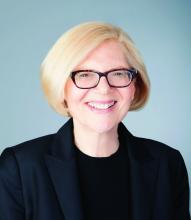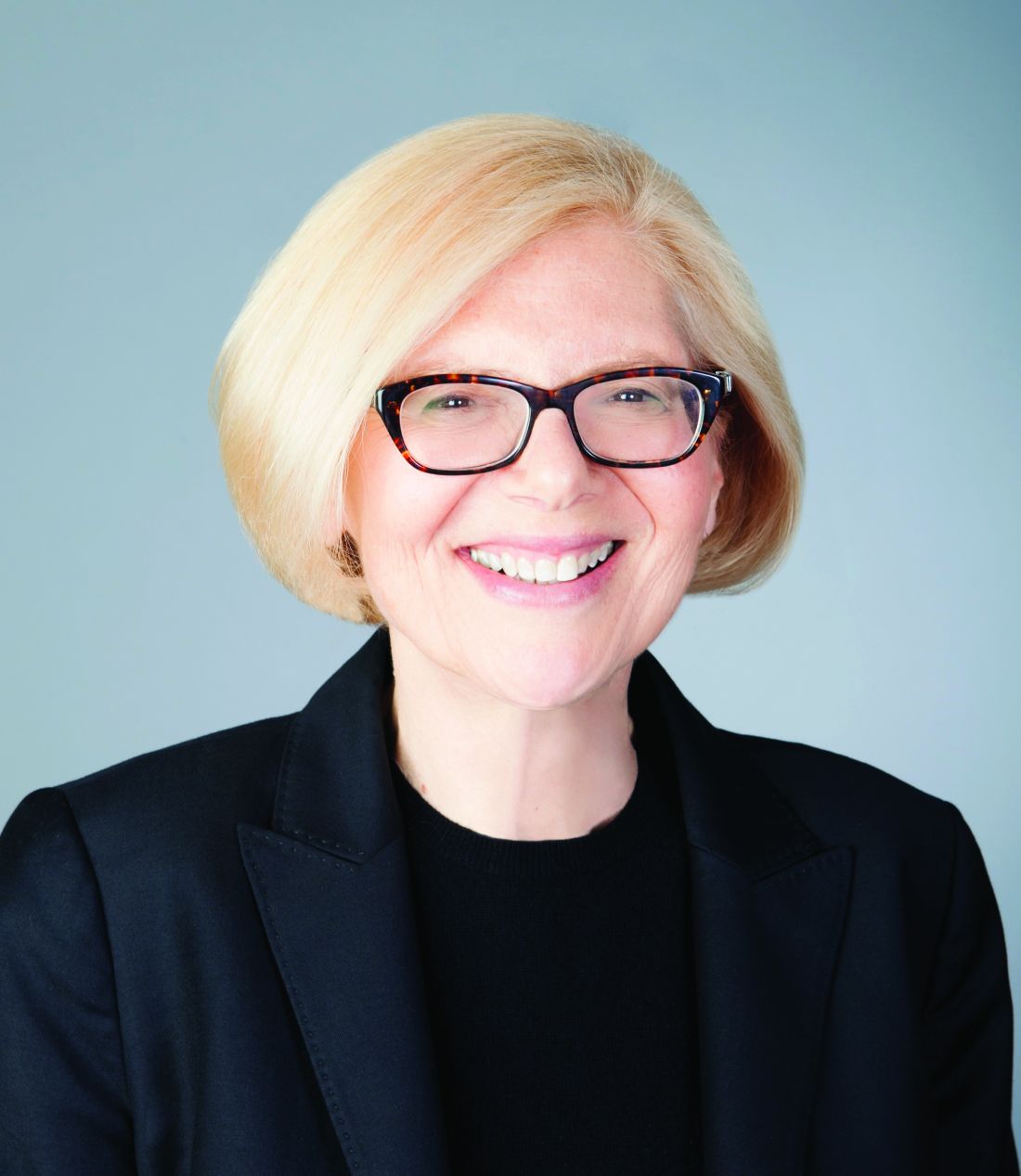User login
TOPLINE:
The increase was especially high among young adults and those earning less than $75,000 a year.
METHODOLOGY:
- Investigators analyzed responses of 478,500 adult respondents to the NSDUH, a cross-sectional, in-person survey administered by the Substance Abuse and Mental Health Services Administration between 2008 and 2019.
- Respondents were questioned about past-month and past-year LSD use and past-year depression.
- Investigators conducted statistical analysis between December 2022 and June 2023.
TAKEAWAY:
- Past-year use of LSD increased significantly more among adults with major depression, increasing from 0.5% in 2008 to 1.8% in 2019 (prevalence difference, 1.3% [95% confidence interval, 1.0%-1.6%]) compared with adults without major depression.
- This difference was particularly pronounced among young adults with depression age 34 years or younger (PD for age 18-25 years, 3.3% [95% CI, 2.5%-4.2%]; PD for age 26-34 years, 2.7% [95% CI, 1.6%-3.8%]).
- The increase was also higher among those earning less than $75,000 per year (PD for < $20,000, 1.9% [95% CI, 1.3%-2.6%]; PD for $20,000-$49,999, 1.5% [95% CI, 1.0%-2.1%]; PD for $50,000-$74,999, 1.3% [95% CI, 0.7%-2.0%]).
- Use of other hallucinogen classes either decreased or increased only among select age groups or time frames; the use of LSD consistently increased among every observed age group from 2002 to 2019.
IN PRACTICE:
“Future research should aim to understand the motivations for LSD use as well as the directionality between nonmedical LSD use and depression. As the evaluation of LSD as a potential psychiatric treatment continues, public health efforts to promote safe and evidence-based use of psychedelics are critical,” the investigators write.
SOURCE:
The study was led by Deborah S. Hasin, PhD, of Columbia University’s department of psychiatry, New York, and published online in JAMA Psychiatry.
LIMITATIONS:
Study limitations include the use of self-reporting measures in the NSDUH and the lack of information about motives for or doses of LSD use.
DISCLOSURES:
The authors have disclosed no relevant financial relationships.
A version of this article first appeared on Medscape.com.
TOPLINE:
The increase was especially high among young adults and those earning less than $75,000 a year.
METHODOLOGY:
- Investigators analyzed responses of 478,500 adult respondents to the NSDUH, a cross-sectional, in-person survey administered by the Substance Abuse and Mental Health Services Administration between 2008 and 2019.
- Respondents were questioned about past-month and past-year LSD use and past-year depression.
- Investigators conducted statistical analysis between December 2022 and June 2023.
TAKEAWAY:
- Past-year use of LSD increased significantly more among adults with major depression, increasing from 0.5% in 2008 to 1.8% in 2019 (prevalence difference, 1.3% [95% confidence interval, 1.0%-1.6%]) compared with adults without major depression.
- This difference was particularly pronounced among young adults with depression age 34 years or younger (PD for age 18-25 years, 3.3% [95% CI, 2.5%-4.2%]; PD for age 26-34 years, 2.7% [95% CI, 1.6%-3.8%]).
- The increase was also higher among those earning less than $75,000 per year (PD for < $20,000, 1.9% [95% CI, 1.3%-2.6%]; PD for $20,000-$49,999, 1.5% [95% CI, 1.0%-2.1%]; PD for $50,000-$74,999, 1.3% [95% CI, 0.7%-2.0%]).
- Use of other hallucinogen classes either decreased or increased only among select age groups or time frames; the use of LSD consistently increased among every observed age group from 2002 to 2019.
IN PRACTICE:
“Future research should aim to understand the motivations for LSD use as well as the directionality between nonmedical LSD use and depression. As the evaluation of LSD as a potential psychiatric treatment continues, public health efforts to promote safe and evidence-based use of psychedelics are critical,” the investigators write.
SOURCE:
The study was led by Deborah S. Hasin, PhD, of Columbia University’s department of psychiatry, New York, and published online in JAMA Psychiatry.
LIMITATIONS:
Study limitations include the use of self-reporting measures in the NSDUH and the lack of information about motives for or doses of LSD use.
DISCLOSURES:
The authors have disclosed no relevant financial relationships.
A version of this article first appeared on Medscape.com.
TOPLINE:
The increase was especially high among young adults and those earning less than $75,000 a year.
METHODOLOGY:
- Investigators analyzed responses of 478,500 adult respondents to the NSDUH, a cross-sectional, in-person survey administered by the Substance Abuse and Mental Health Services Administration between 2008 and 2019.
- Respondents were questioned about past-month and past-year LSD use and past-year depression.
- Investigators conducted statistical analysis between December 2022 and June 2023.
TAKEAWAY:
- Past-year use of LSD increased significantly more among adults with major depression, increasing from 0.5% in 2008 to 1.8% in 2019 (prevalence difference, 1.3% [95% confidence interval, 1.0%-1.6%]) compared with adults without major depression.
- This difference was particularly pronounced among young adults with depression age 34 years or younger (PD for age 18-25 years, 3.3% [95% CI, 2.5%-4.2%]; PD for age 26-34 years, 2.7% [95% CI, 1.6%-3.8%]).
- The increase was also higher among those earning less than $75,000 per year (PD for < $20,000, 1.9% [95% CI, 1.3%-2.6%]; PD for $20,000-$49,999, 1.5% [95% CI, 1.0%-2.1%]; PD for $50,000-$74,999, 1.3% [95% CI, 0.7%-2.0%]).
- Use of other hallucinogen classes either decreased or increased only among select age groups or time frames; the use of LSD consistently increased among every observed age group from 2002 to 2019.
IN PRACTICE:
“Future research should aim to understand the motivations for LSD use as well as the directionality between nonmedical LSD use and depression. As the evaluation of LSD as a potential psychiatric treatment continues, public health efforts to promote safe and evidence-based use of psychedelics are critical,” the investigators write.
SOURCE:
The study was led by Deborah S. Hasin, PhD, of Columbia University’s department of psychiatry, New York, and published online in JAMA Psychiatry.
LIMITATIONS:
Study limitations include the use of self-reporting measures in the NSDUH and the lack of information about motives for or doses of LSD use.
DISCLOSURES:
The authors have disclosed no relevant financial relationships.
A version of this article first appeared on Medscape.com.
FROM JAMA PSYCHIATRY

